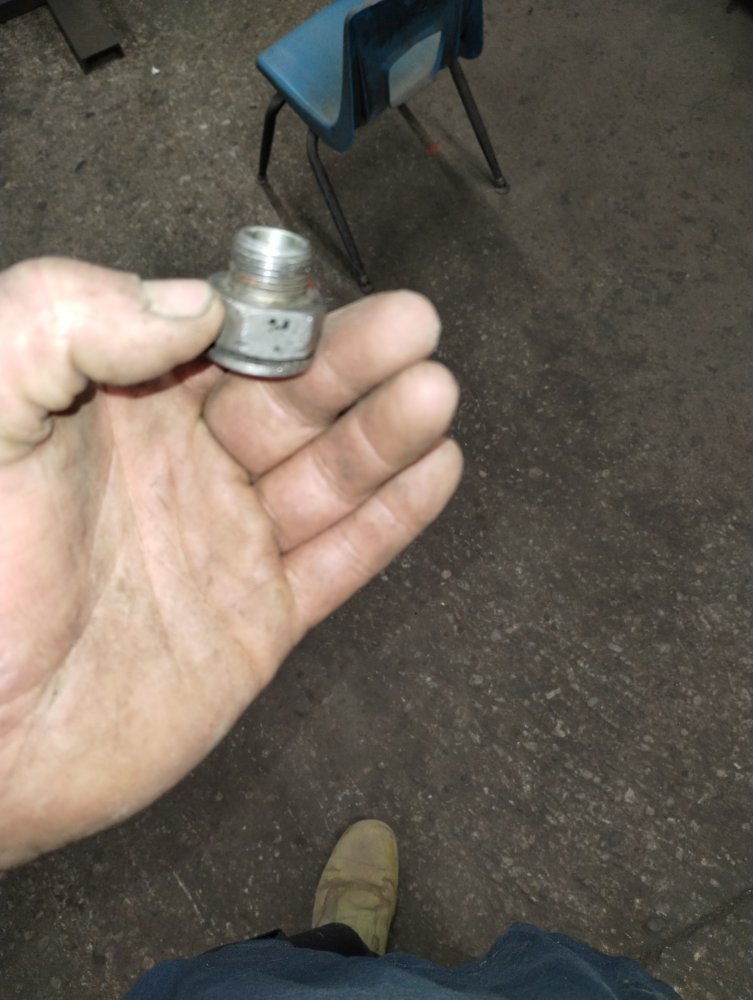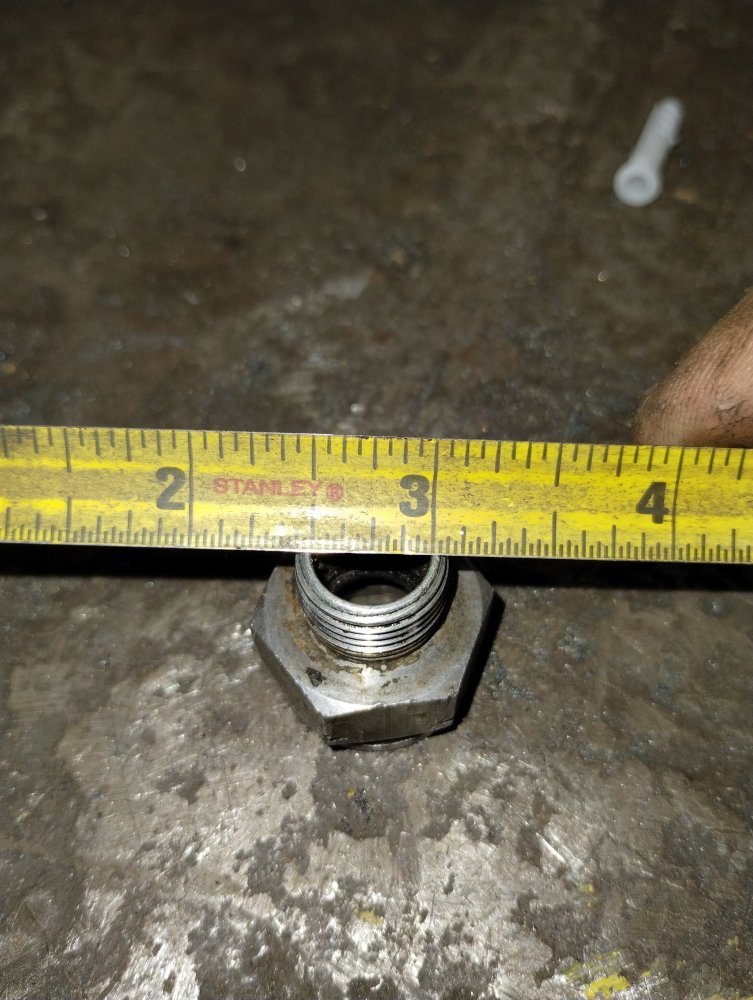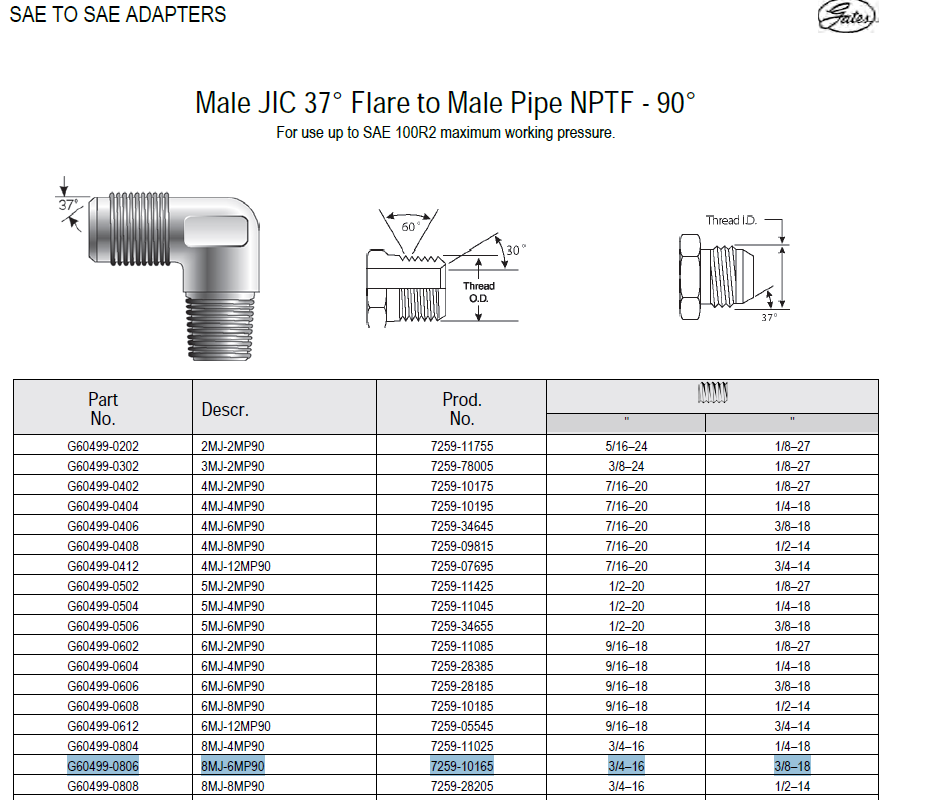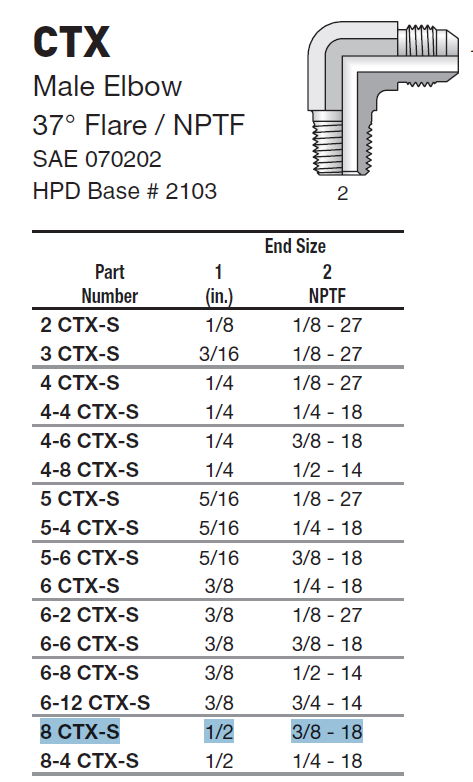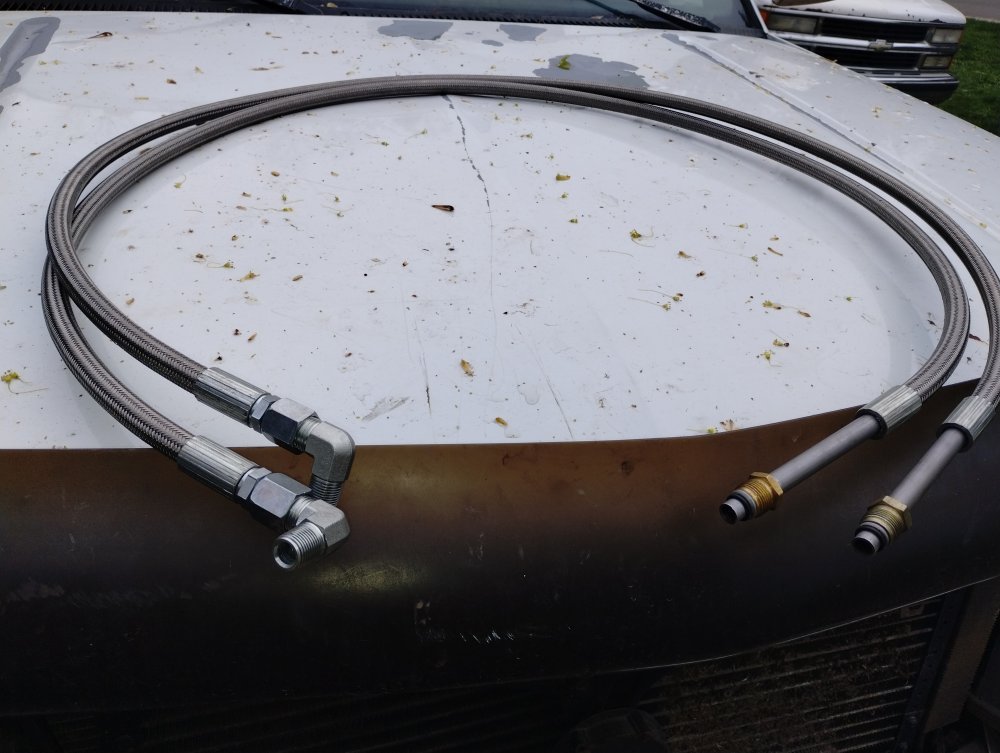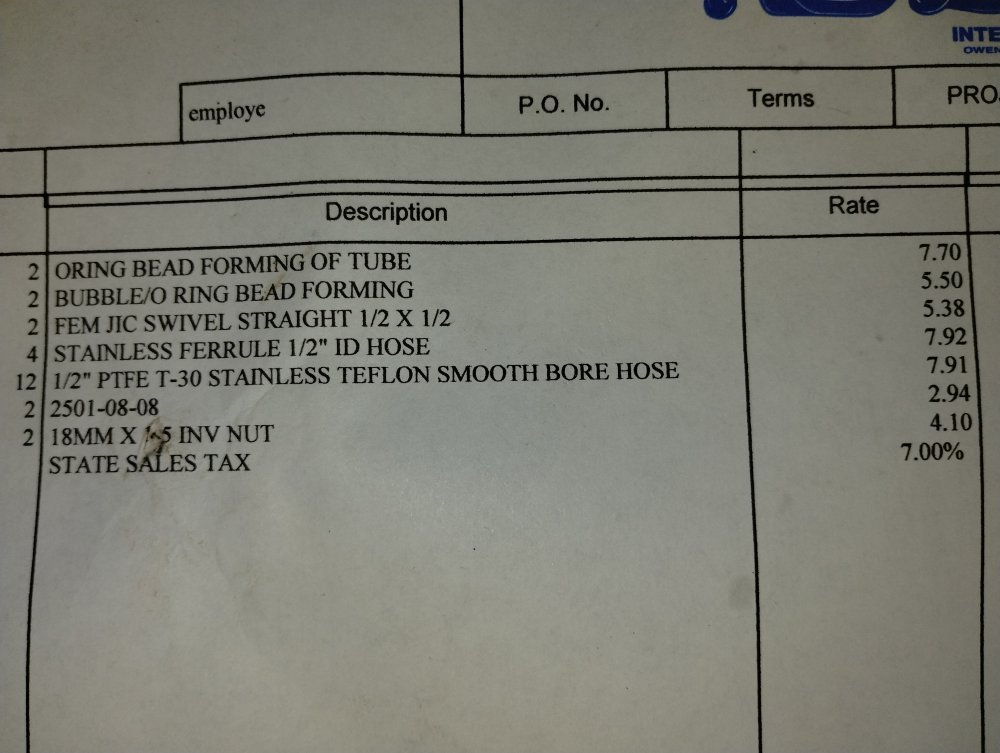DieselAmateur
She ain't revved 'til the rods are thrown...
I can't remember the year of the OP's block, but 92-96 should have 3/8 NPT threads in the block and 97+ should have 1/2" NPT. Never seen any other fitting in a block for the oil cooler ports.
The stock oil cooler is some strange kind of metric straight thread ORB (O- Ring Boss). Easiest thing to do is get a newer cooler with NPT threads, makes adapting to upgraded hoses much easier and eliminates the strange fittings that are also prone to leak when the o-ring decides to fail.
The stock oil cooler is some strange kind of metric straight thread ORB (O- Ring Boss). Easiest thing to do is get a newer cooler with NPT threads, makes adapting to upgraded hoses much easier and eliminates the strange fittings that are also prone to leak when the o-ring decides to fail.

